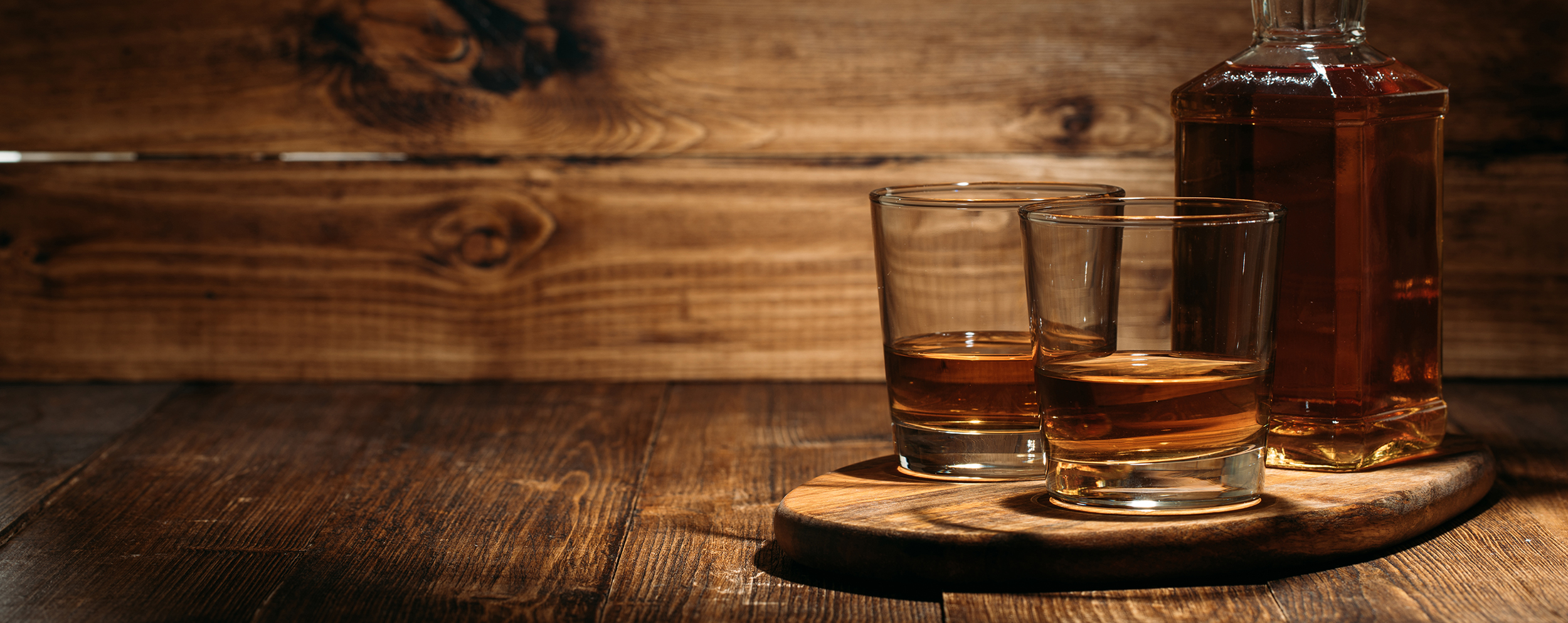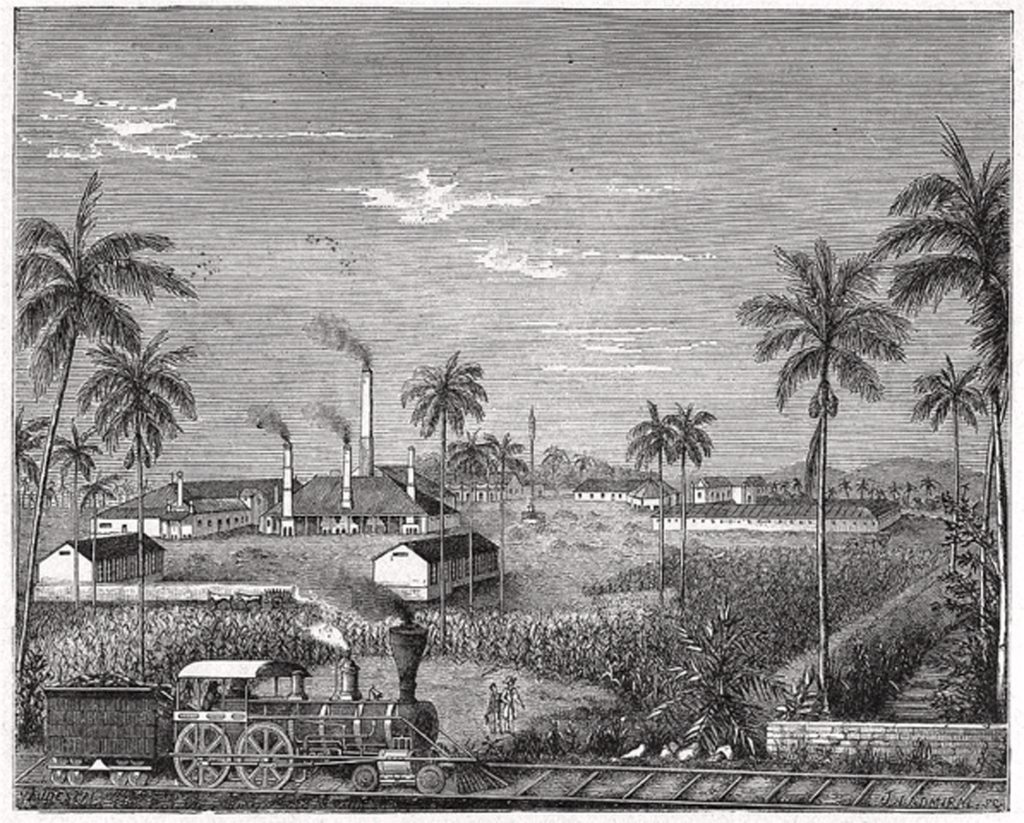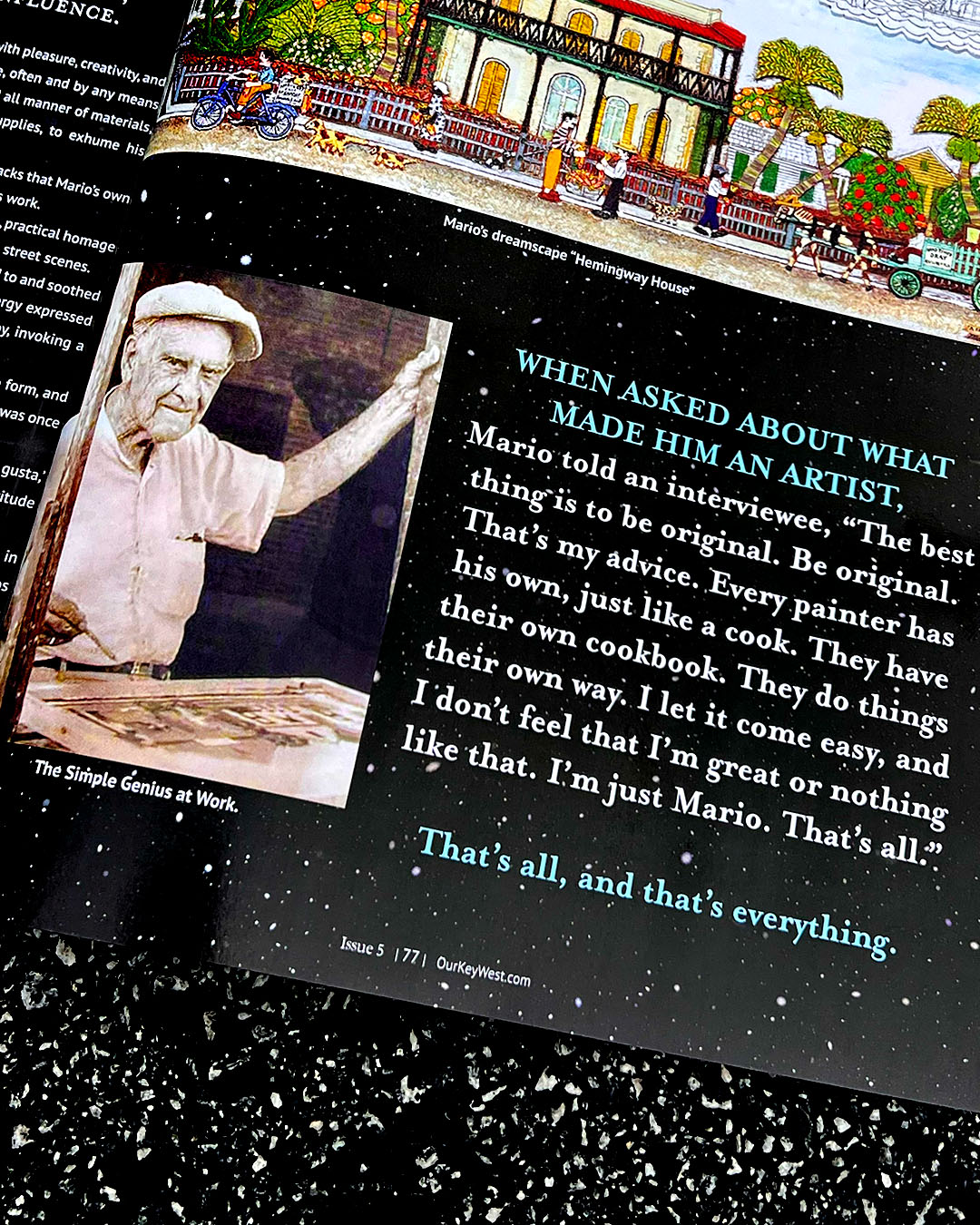

In Defense of Rum
Nations, including our own, were built under its influence. Its history is diverse, filled with intrigue, tragedy, and drama. It’s loved by many, known by all, yet misunderstood by most. So today dear reader, I want to talk to you about, and in defense of, rum!
I will show you why this amazing spirit is the most interesting and diverse in the world. And through this short article, as I preach to you the gospel of rum, espousing its endless qualities and shedding light on many of the misconceptions surrounding it, I hope to convince the weary of its greatness and encourage the lovers of rum to spread the good word of this boundless spirit.
So why does rum need defending? Well, because it is often falsely labeled as naturally sweet, only good for umbrella drinks and college parties simply because it comes from sugar cane. While that’s a reasonable assumption, it overlooks a few important facts. First, all spirits come from sugar. Vodka, whiskey, tequila, all start with the fermentation of a sugary liquid. The difference is in what the spirit is made from. Tequila comes from agave, whiskey from grains, vodka from a lot of sources, most notably potatoes. “But these aren’t sugary plants” you might say. “So where do they get the sugar from?” Good question.
 We learned in school that plants create oxygen through photosynthesis. Generally speaking, what they’re actually doing is creating sugars the plant needs for energy. Oxygen is a byproduct. Plants like sugar cane simply stores the sugar. Other plants convert it into starches they can convert back when needed. The distiller too must convert the starches back into sugar. In whiskey this is called the mashing process and creates a sugary liquid called wort. Potatoes have a slightly different technique as does agave, but the end result is the same. A sugary liquid where the yeast can consume all of the sugar and create alcohol. This alcoholic liquid is then distilled and turned into the spirit. Now when any spirit comes off the still it is little more than alcohol and water. It has zero sugar and around 60 calories per ounce. Even rum!
We learned in school that plants create oxygen through photosynthesis. Generally speaking, what they’re actually doing is creating sugars the plant needs for energy. Oxygen is a byproduct. Plants like sugar cane simply stores the sugar. Other plants convert it into starches they can convert back when needed. The distiller too must convert the starches back into sugar. In whiskey this is called the mashing process and creates a sugary liquid called wort. Potatoes have a slightly different technique as does agave, but the end result is the same. A sugary liquid where the yeast can consume all of the sugar and create alcohol. This alcoholic liquid is then distilled and turned into the spirit. Now when any spirit comes off the still it is little more than alcohol and water. It has zero sugar and around 60 calories per ounce. Even rum!
But, is there sugar in rum? The answer is, sometimes. But this is true of all spirits, whether you know it or not. Some manufacturers will add sugar, glycol, and coloring & flavoring agents before bottling to improve mouthfeel, flavor, and presentation. Tequila makers use what’s called abocado, a blend of caramel coloring and sugar (or glycerol), which can be used to flavor and sweeten the tequila, even if it says 100% agave. Vodka too is known to use sugar or glycerol to create a better mouthfeel. But just as this isn’t universal in vodka, nor is it in rum. Rum here gets a bad rap where it should be revered. This most noble of spirits is, after all, intrinsically tied to the creation of our country.
Sadly though, most people think of whiskey as the real “American Spirit”, but rum was here first and helped water the roots of our great nation, whiskey came much later. Starting in Brazil in the 1500’s sugar and rum quickly spread and became global crazes. Initially rum was a hot vile liquor known as “Kill Devil”, but after a short time it became seen as one of the most wholesome spirits in the world. In fact, the first distilleries in the colonies were rum distilleries. Staten Island New York opened the first one in 1640 and by 1750 there were 25 rum distilleries in Boston and Rhode Island, 20 in New York, and 17 in Philadelphia. Rum was drunk all day, every day, often as a punch at the local tavern, which during the colonial period, was a social center of life and likely where the initial glimpses of “Americanness” were first seen.
It all started in 1733 when the British imposed the molasses act, taxing molasses imports more heavily which led to higher production cost and less profit. But this didn’t stop these future Americans, since the act wasn’t heavily enforced, they just smuggled the molasses in. So, in response, in 1763 the sugar act was imposed, this time enforced by the Navy and local authorities. Then began the grumblings of dissatisfaction with England, and likely around a bowl of rum punch at the local pub, the first glimpses of American boldness began rise. The colonist had enough of this unfair taxation, without representation in Parliament nonetheless, and rum became a drink of protest. Then in 1773 we get the Boston Tea Party, and shortly thereafter, the war of independence!
 Now, the Caribbean sugar trade was fueling the English empire and the American colonies generated far less wealth. So, one theory goes that England allocated more troops to the Caribbean to protect its sugar interest than it did to the Revolutionary War because, well, that’s where the money was. So, it’s thought that, if they hadn’t, our war of independence may have gone differently. But it didn’t, and America, glass of rum in hand, marched on!
Now, the Caribbean sugar trade was fueling the English empire and the American colonies generated far less wealth. So, one theory goes that England allocated more troops to the Caribbean to protect its sugar interest than it did to the Revolutionary War because, well, that’s where the money was. So, it’s thought that, if they hadn’t, our war of independence may have gone differently. But it didn’t, and America, glass of rum in hand, marched on!
But what really makes rum so interesting is its diversity. It’s made all over the world, offering a tapestry of styles, aromas and flavors so rich that one can’t offer a definition to encapsulate all rums. For most spirits there are common attributes. One can taste a vodka, whiskey, tequila and identify it as that. There’s a common thread there. But I’ve been traveling and trying different rums for almost 20 years and still find new experiences. It’s so nimble in fact, that if you drink only a single spirit, like say, vodka, I can find you a rum substitute.
Vodka drinkers, there are plenty of highly rectified rums that you would be hard-pressed to differentiate. Tequila your drink? Try a rhum Agricole. This traditionally French style is made from sugarcane juice and can be vegetal, herbaceous, sometimes peppery. All very common flavors found in tequila. Whiskey, that one’s too easy. There is a world of rums out there that are kindred spirits too whiskey. Prefer a smoky Scotch? there’s a fantastic rum from Haiti called Clarin, that while not smoky, certainly gives that impression. And these are just a few examples. So, in full confidence I can say, I can find you a rum substitute. They’re simply is no more nimble spirit than that they call, rum!
So, I hope that I’ve piqued your interest and hopefully assuaged your concerns about rum. I hope you’ll want to get to know this wonderfully unique spirit, or at least give it a chance. If you do, perhaps more so than any other spirit, there are droves of enthusiasts out there happily discussing rum on forums and social media groups. My advice to you dear reader, is to do some research, buy the good stuff, and stay away from the spiced, flavored, and plastic jug rums out there. Open the door to this wonderful world of flavor and don’t be afraid to explore. Some you’ll love, some you won’t, but in time you’re sure to find, “your rum.” And what a wonderful day that will be.
Cheers.
- Tall Ships And Their Masters - November 15, 2025
- In Defense of Rum - August 22, 2024





 Tall Ships And Their Masters
Tall Ships And Their Masters Goombay Festival
Goombay Festival Mario Sanchez – The Birth Chart
Mario Sanchez – The Birth Chart My Job Interview with Jimmy Buffett
My Job Interview with Jimmy Buffett